
Since stepping down as Apple’s CEO in 1993, John Sculley has become one of the technology industry’s top spokespeople, while also serving as a mentor to many business leaders and startups. Sculley, who Apple lured away from PepsiCo in 1983, is also a world traveler, and over the past two decades has spent much time in India, Africa, and parts of Asia. During his travels, Sculley witnessed first-hand the rise of a new middle class whose spending is driving economic growth across parts of the developing world.
All that growth means a desire for new technologies. Even in some of the poorest countries, Sculley observed, there is now high demand for smartphones and wireless connectivity. Our research, for instance, shows that about 2.8 billion people in the world have some kind of mobile handset, while we expect another 1 billion to buy smartphones for the first time over the next three to four years.
But Sculley believes most of the world’s relatively cheap, $150-or-less smartphones aren’t very good. He and his partners began to wonder if there was a way to make a high-quality smartphone while keeping prices at $200 or below for buyers who wanted a better product at lower prices. So Sculley set out to work on a new brand called Obi Worldphone, and, along with famed designer and fellow Apple alum Robert Brunner of Ammunition, built what became the Obi Worldphone SF1 and SJ1.5.
The idea behind the Worldphone lineup was to create no-compromise smartphones designed in Silicon Valley using top-tier components but sold for under $200. The end result took two forms: The SF1 is an elegant fiberglass-body Android smartphone with metal trip, sporting a five-inch screen, an eight-core Qualcomm 614 processor, a Sony-made camera and Dolby sound. The 16GB model goes for $199, while the 32GB costs $249. The SJ.1.5 is a lower-end device that supports wireless networks no faster than 3G, and sells for $129.
The end result — and I’m talking about the higher-end SF1 here — is what I believe to be the best Android phone under $200, and probably one of the best-designed Android phones at any price.
Top 10 Tech Product Designs of 2014


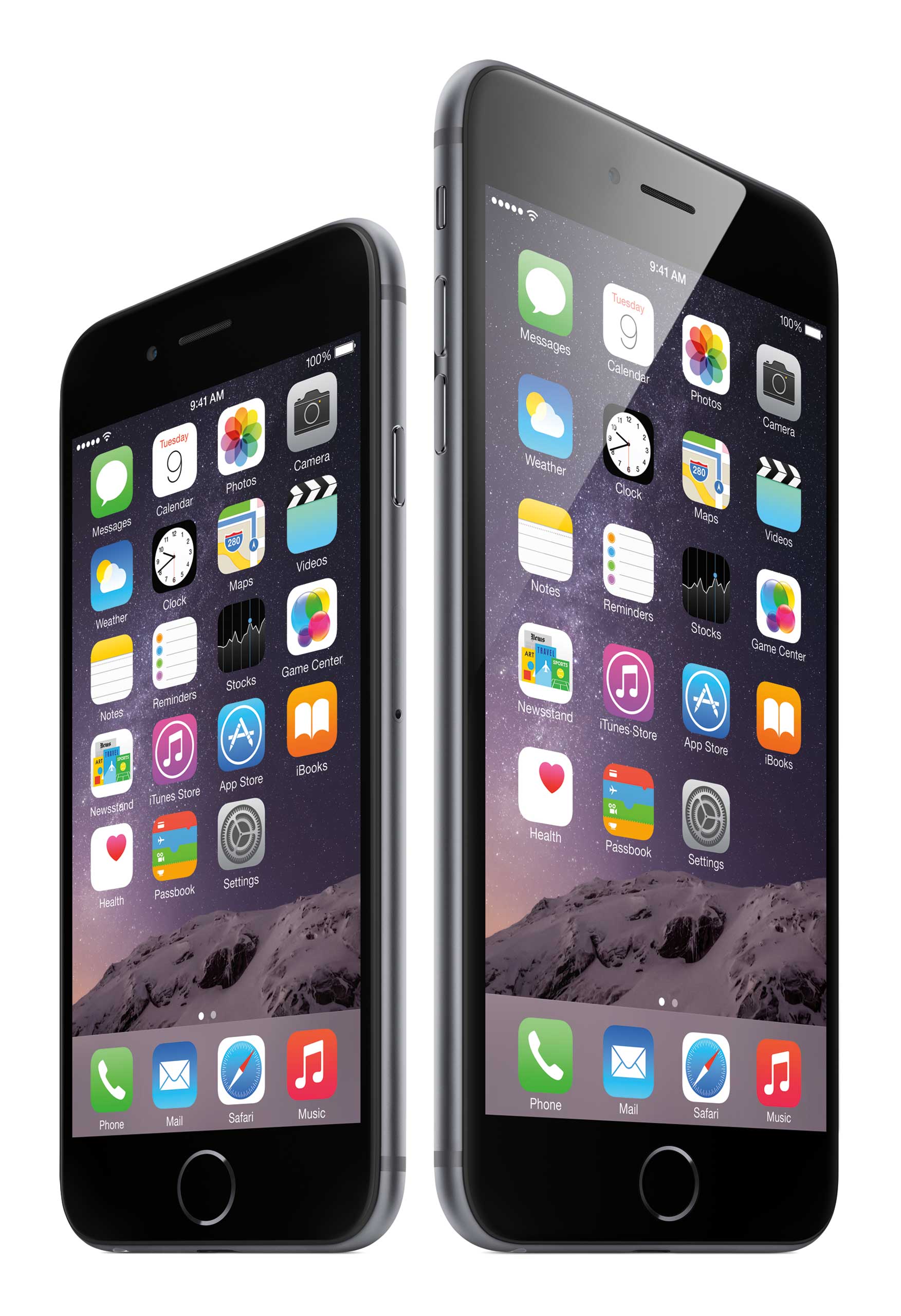
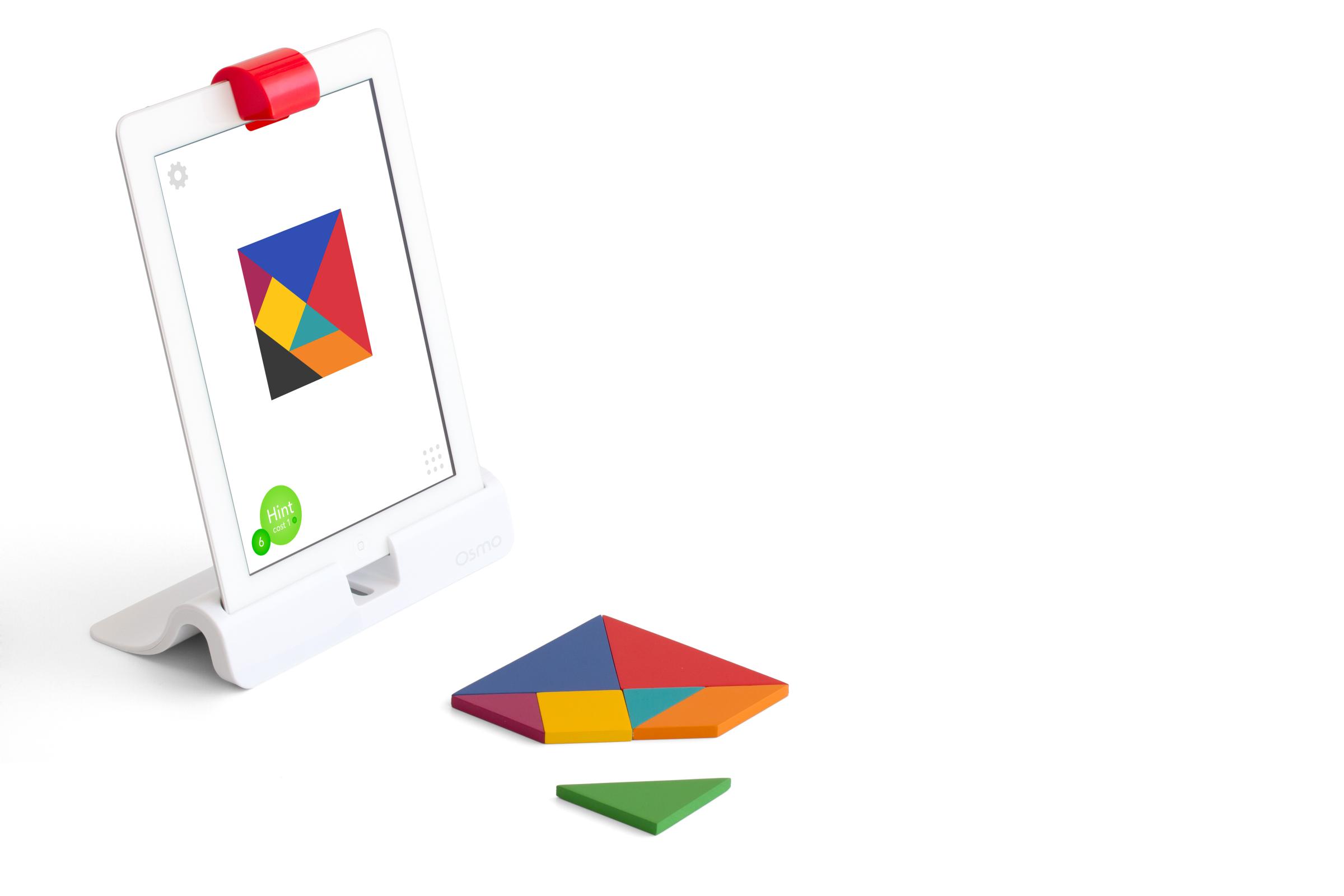
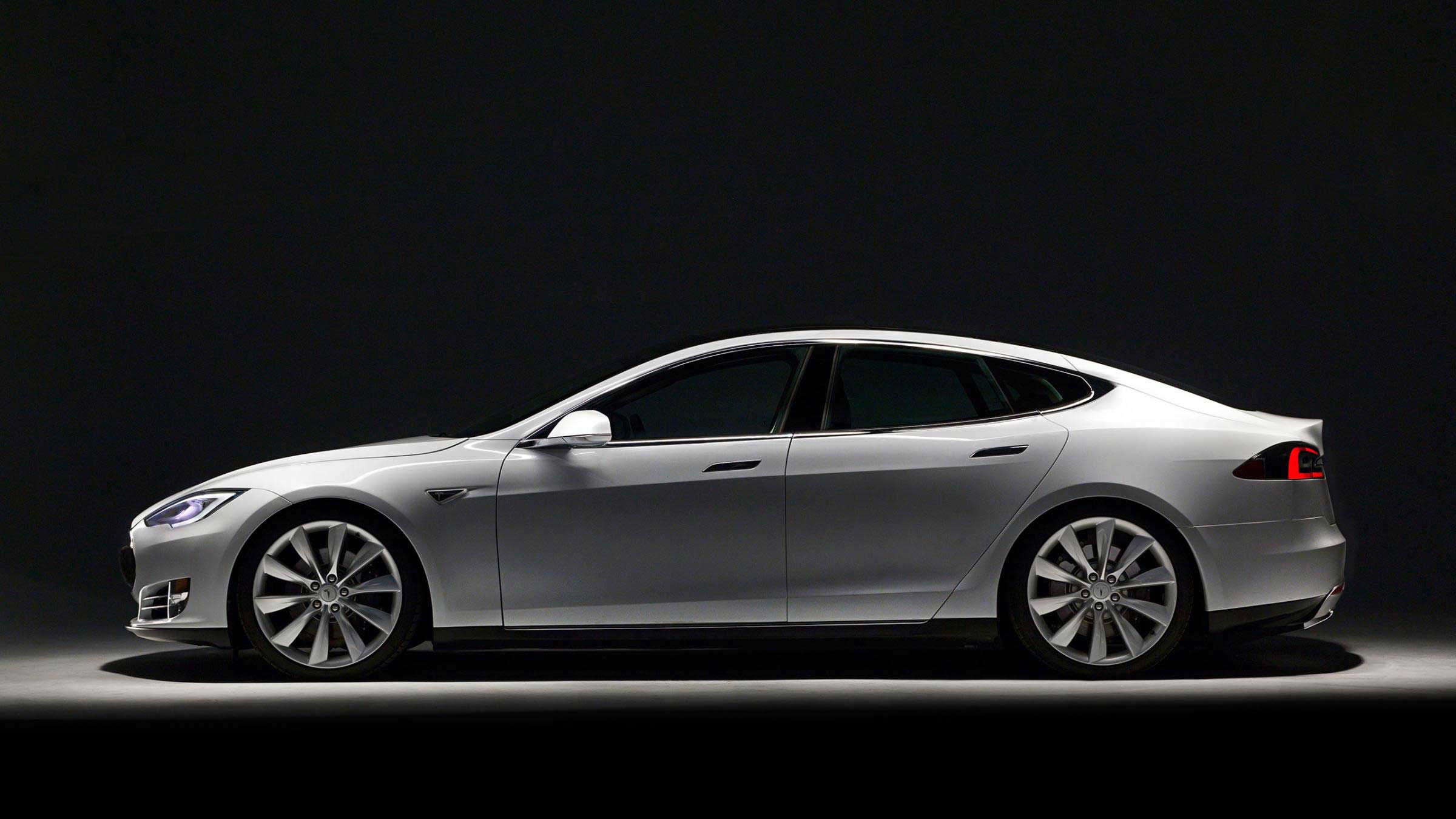
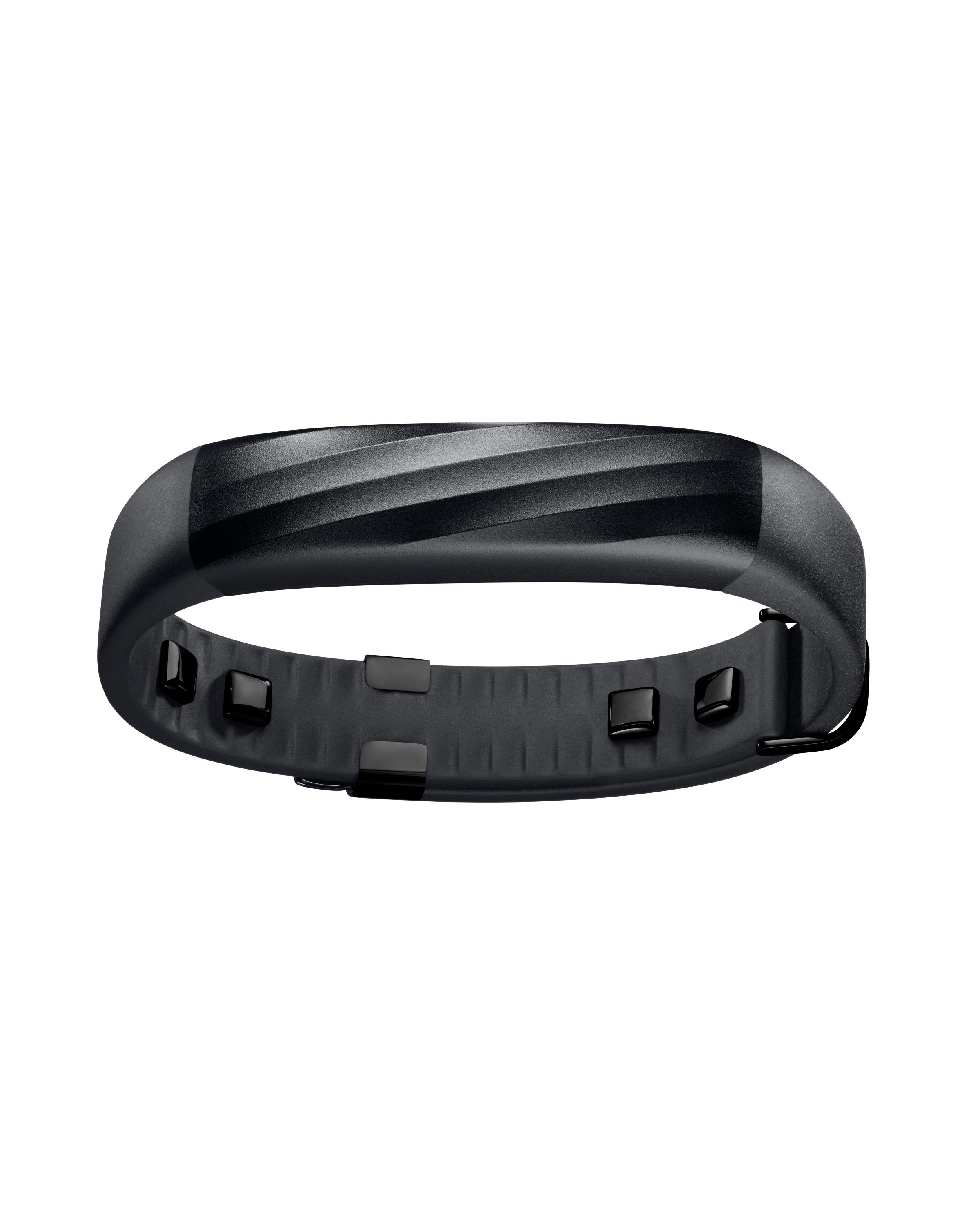
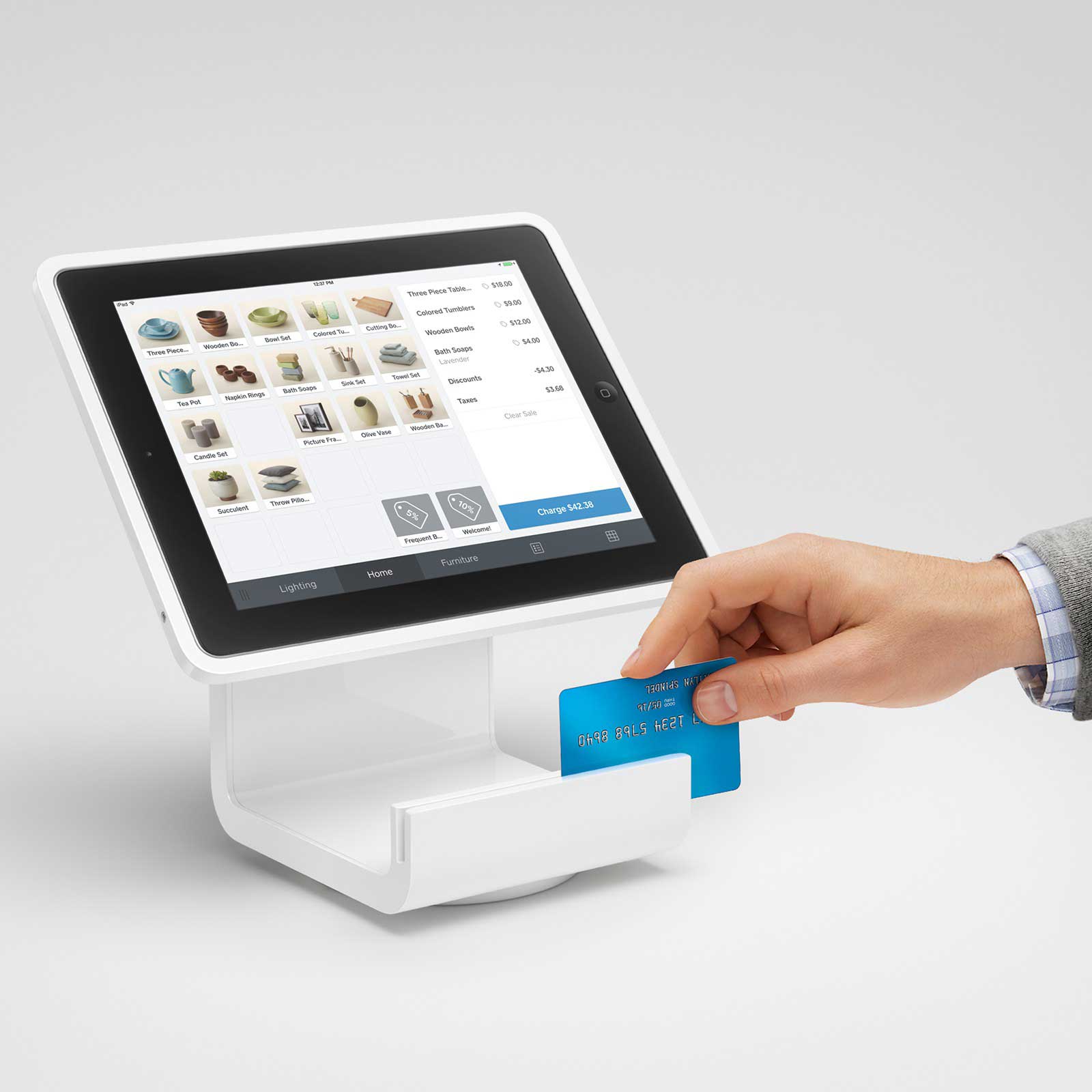

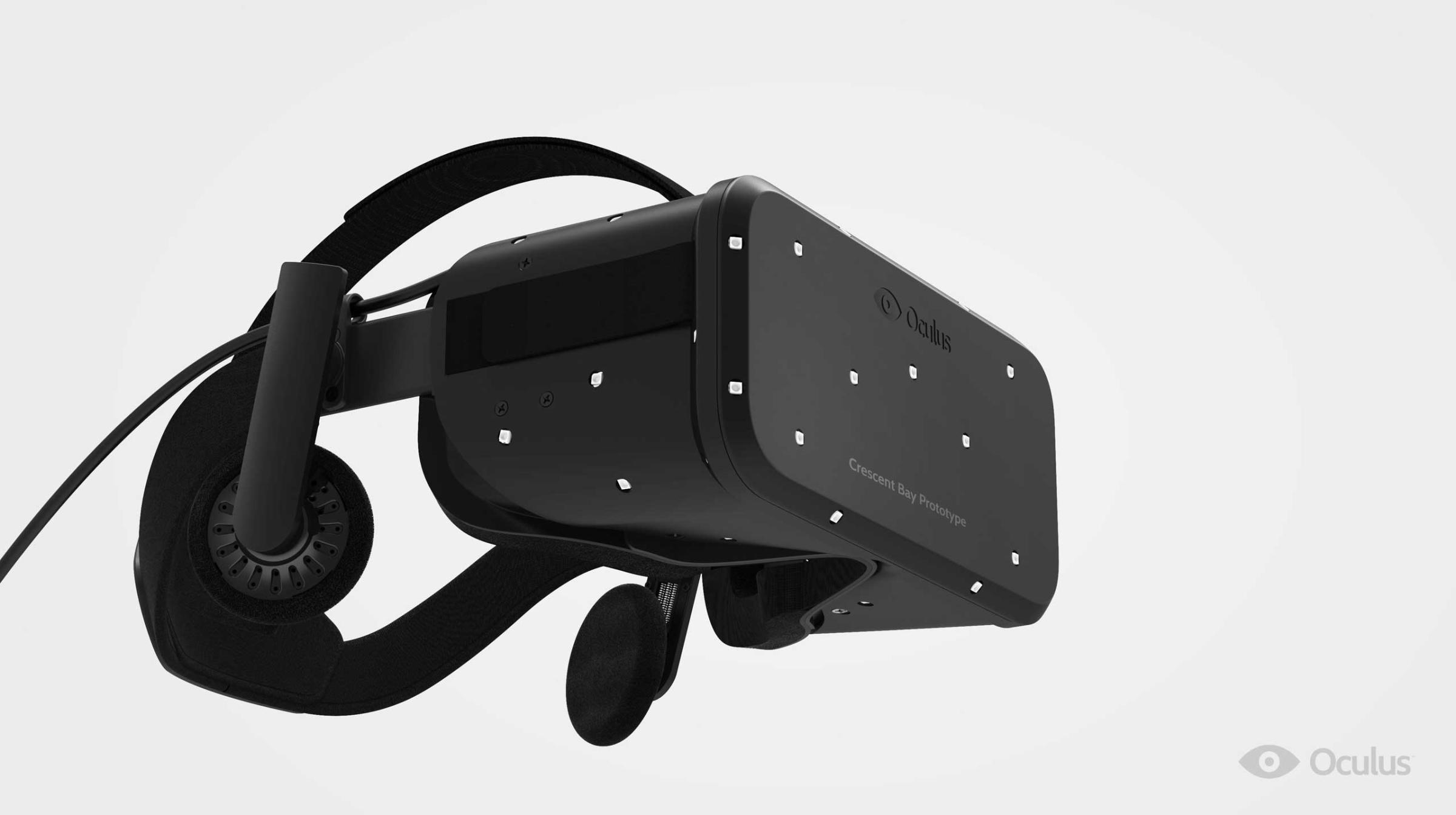
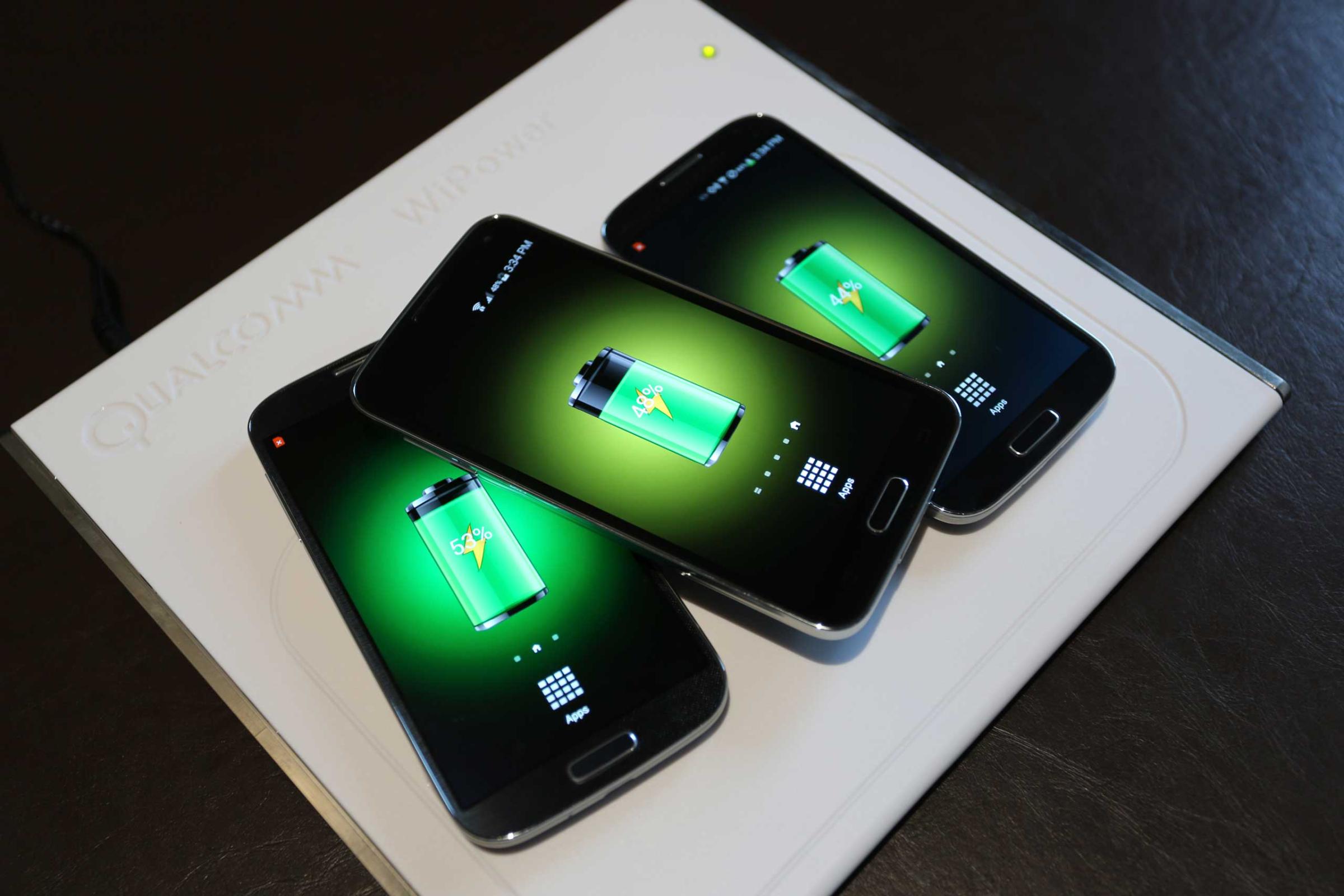
Sculley’s crew at Obi believes the market for smartphones in the U.S., Europe, and even China are largely saturated, so their first target markets will be Nigeria, South Africa, Vietnam, Turkey and Pakistan. What I find most interesting about Obi is that, like Apple, it views design as a critical element of whatever products they create. But unlike Apple, Obi holds that viewpoint while striving to keep its devices cheap.
“Apple is a design-led company,” Sculley told me recently over lunch. “We’ve said we want to be a design-led company, in an entirely different market than Apple would ever go into.”
There’s plenty of competition for low-end Android headsets. Companies like Xiaomi and Huawei are the pride of China, while India’s MicroMax is making a name for itself as well. But Obi’s design-focused mentality could help it stand out in this increasingly crowded market.
It’s too early to tell if Obi and its Worldphone will find any kind of success. But Sculley is a world-class marketer. With the right team, great distribution deals and a powerful product like the SF1, Obi could end up a powerful player in a potentially massive market.
Tim Bajarin is recognized as one of the leading industry consultants, analysts and futurists, covering the field of personal computers and consumer technology. Mr. Bajarin is the President of Creative Strategies, Inc and has been with the company since 1981 where he has served as a consultant providing analysis to most of the leading hardware and software vendors in the industry.
More Must-Reads from TIME
- Donald Trump Is TIME's 2024 Person of the Year
- Why We Chose Trump as Person of the Year
- Is Intermittent Fasting Good or Bad for You?
- The 100 Must-Read Books of 2024
- The 20 Best Christmas TV Episodes
- Column: If Optimism Feels Ridiculous Now, Try Hope
- The Future of Climate Action Is Trade Policy
- Merle Bombardieri Is Helping People Make the Baby Decision
Contact us at letters@time.com